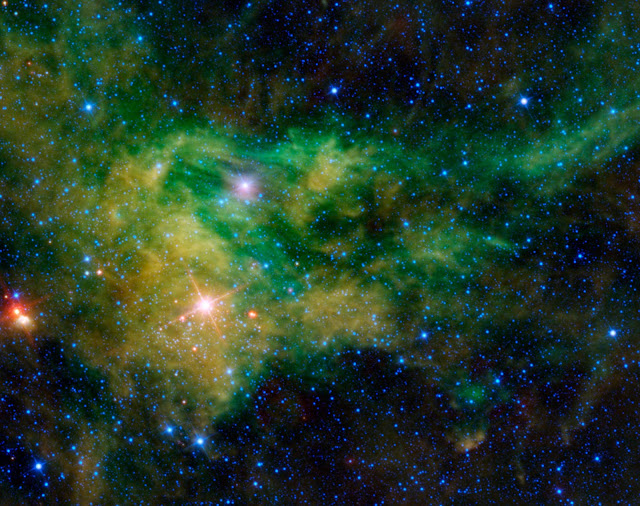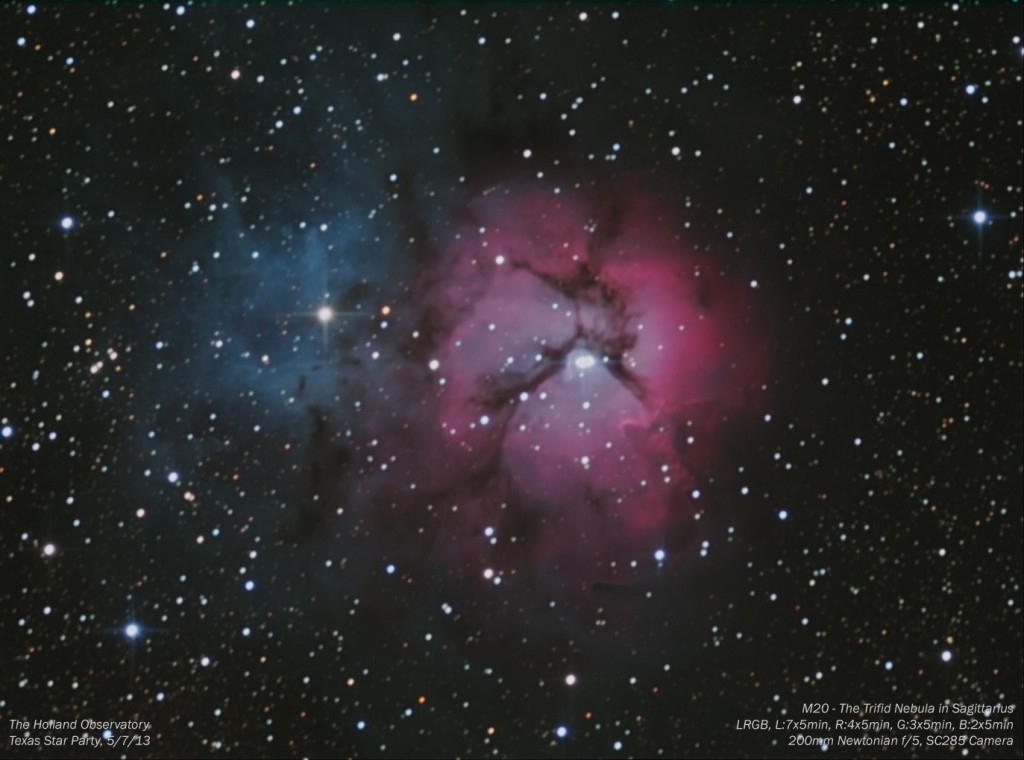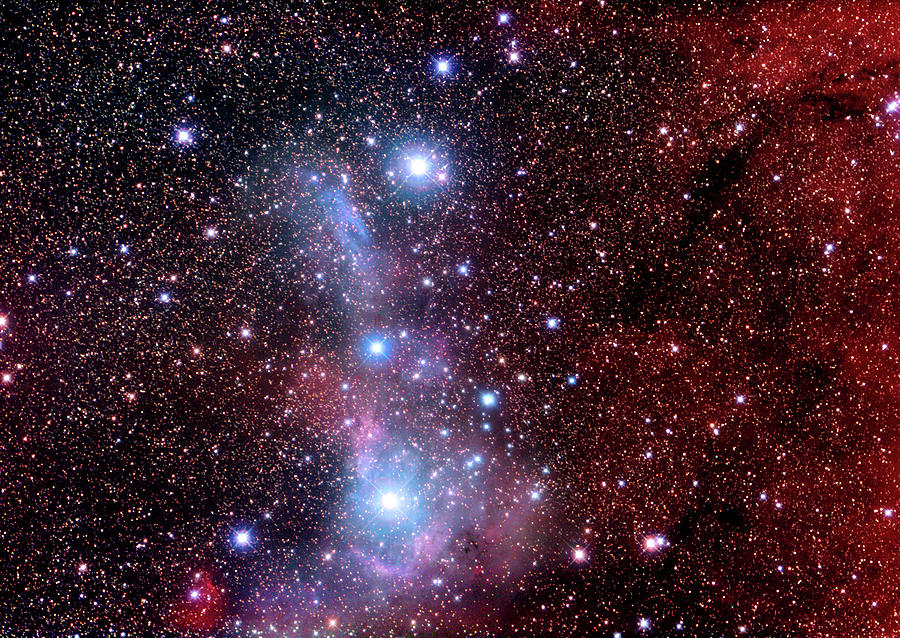

- Reflection nebula detection how to#
- Reflection nebula detection series#
- Reflection nebula detection windows#
PNe are, in fact, the main observable tracer of low-mass stars at larger distances. Here, the bright end exponential cut-off to the ensemble brightness distribution (the “luminosity function” or PNLF) has been shown to be a powerful cosmological distance calibrator or “standard candle”, capable of determining the Universe’s scale to 10%, e.g., Jacoby (1997), Ciardullo et al. Such strong emission lines facilitate PNe detection to large distances, including the Magellanic clouds ( Reid and Parker, 2006, 2013) and more remote, external galaxies ( Magrini et al., 2016 Bhattacharya et al., 2019). There is little continuum unless any central star of the PN (CSPN) is contained within the spectrograph slit/fibre. Furthermore, their rich, strong, optical emission-line spectra are powerful laboratories for plasma physics where most energy comes from the lines. PNe exhibit specific physical and observational characteristics from the UV to radio regimes. This paper is not intended to compete with these materials for PNe but adopts a more practical approach to reviewing the techniques and processes used and available to actually find PNe and to use them for science with the help of the Hong Kong/AAO/Strasbourg/H α PNe catalogue (HASH) PNe database, Parker et al. Finally, I recommend the excellent, recent review of Kwitter and Henry (2022). Selected specific PNe reviews include Miller (1974) and Balick and Frank (2002), while a review of all PNe research just from 2014 is given by Zijlstra (2015) while recent work on finding PNe in broad band surveys was reported by Vejar et al. Together these encaspulate the combined wisdom of these fascinating objects. This is supplemented by large numbers of journal papers and articles concerning the PN phenomena, with over 8,000 published since 1900 and ∼2200 since 1990.
Reflection nebula detection series#
Of course there have been many books and conference proceedings, such as the IAU PNe Symposia series and Asymmetrical PNe meetings, dedicated to PNe. (2016) - see caption for further details. In Figure 1 a now iconic collage, shows 22 well-known PNe artistically arranged in a spiral pattern by order of approximate physical size as calculated from the SB-r statistical distance scale of Frew et al. This is unlike for symbiotic systems, which are often confused with PNe, where the ionised gas comes from a binary companion and not the ionising star which may even have had its own true PN earlier. Fundamentally, the gaseous shell is generally optically thin and ionised by the post-AGB star (or stars in the case of common envelope) from which the gas originally emanated.

Reflection nebula detection how to#
There has been confusion in the literature about how to actually define what constitutes the PN phenomena but Frew and Parker (2010) provide the solid working definition used here.

Hence PNe, via their ejecta, are responsible for a large fraction of mass return to and chemical enrichment of the interstellar medium. Their progenitor stars dominate all stars above one solar mass in our Galaxy. They are important probes of nucleosynthesis processes, mass-loss physics and post AGB timescales ( Iben, 1995 Miller Bertolami, 2016), and Galactic enrichment and abundance gradients ( Maciel and Costa, 2003 Henry et al., 2010 Maciel et al., 2015 Stanghellini and Haywood, 2018). This is because, despite their short lifetimes, typically ∼25,000 ± 5,000 years ( Jacob et al., 2013 Badenes et al., 2015) they provide unique insights into late-stage evolution of stars in the mass range ∼ 1 − 8 M ⊙. They are also amongst the most important to understand. They are the ejected, ionised envelopes of low-to intermediate-mass, dying stars and they are some of the most beautiful and complex of astrophysical sources. PNe are nothing to do with planets, only resembling gas giants in our own Solar System in early telescopes.
Reflection nebula detection windows#
A key question in any review into the Planetary nebulae (PNe) phenomenon is why do we care about studying them? What is their astrophysical value? Put simply, they are open windows into late stage stellar evolution.


 0 kommentar(er)
0 kommentar(er)
